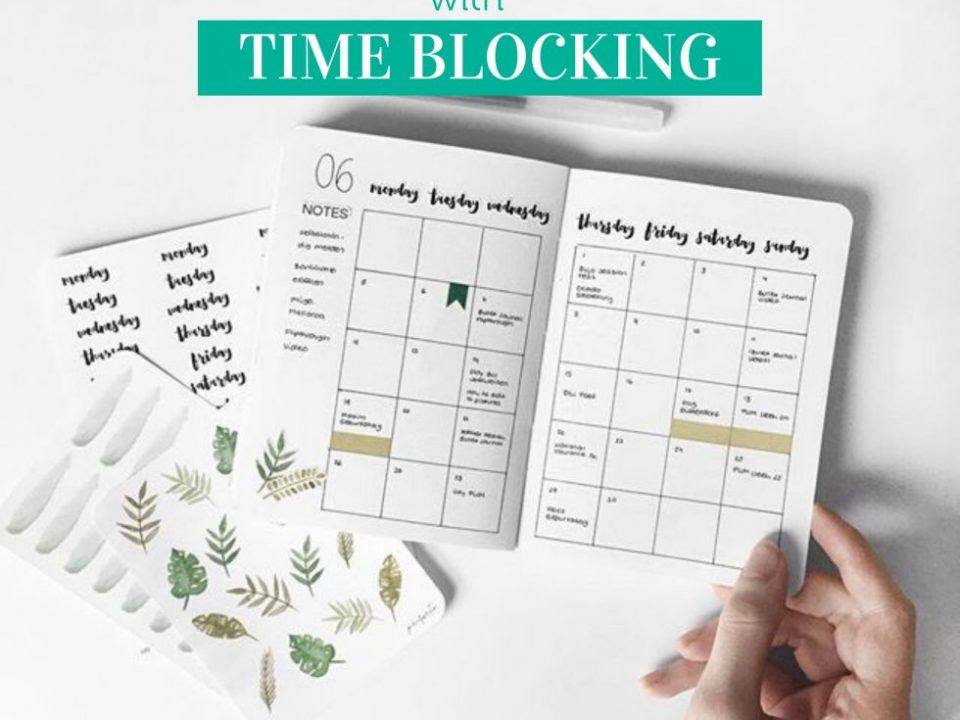
For years I’ve asked the question:
What stops you from giving feedback?
Not surprisingly, the response is consistently the same:
1) I don’t know how the person is going to react;
2) I don’t think they will take it well. I think they will be upset or defensive and I don’t know how to handle it.
It’s natural for us to feel uncomfortable when we don’t think we can be in control of a situation or predict the outcome. Our brain reacts to uncertainty as a major stressor that could be the equivalent of a life-threatening situation. Since the dawn of man, our amygdala, or the oldest part of our brain, deals instinctively with stress by triggering an emotional and physical fight, flight or freeze response in us. When we’re in a place of uncertainty, our brain says, no, I don’t like it. It could mean danger. Red alert. Red alert.
How do we overcome the Red Alert Syndrome that prevents us from embracing the art of giving feedback?
It helps to know some key steps in the process. It is all about practice and applying techniques to create a climate for successful candid conversations.
When and where to have a feedback conversation.
Let’s start here. Giving candid or difficult feedback isn’t easy especially when you’re unsure of how the person might respond. Give consideration to the following:
- Be aware of how you’re showing up for the conversation. Are your emotions in check? Remember the purpose for giving feedback is to help the person grow and succeed.
- Don’t wing the conversation. Be prepared and organized.
- Meet in a quiet place, free of loud noises or others who might overhear what needs to be a confidential conversation.
- Make sure that electronic devices are put away or in airplane mode.
- Have tissues handy in the event of an emotional reaction.
- Try to give any developmental feedback toward the end of the workday.
What if the person gets emotional?
What if the person interrupts you, cries, yells or acts defensively? This is a realistic concern. Just know that you can’t control how a person responds. All you are in control of is how you deliver your message and how you manage your own behaviour.
When dealing with emotional reactions, it helps to:
- Actively listen and let the person finish what they’re saying. However, if they start yelling or become abusive, state that you will close down the conversation until a time when they feel they can remain professional.
- Acknowledge and reflect what you hear. Actively listen and knowledge by rephrasing what they’ve said so they know you understood their meaning. “Sounds as though you have a concern” or “I’m sensing your frustration.”
- Be curious. Ask for more detail to understand the person’s perspective. “Tell me more.” or “Help me understand with an example to describe what you mean.”
- Keep the feedback conversation on track so that it stays in a productive place. Try to diffuse the emotional reaction so that you can work together on a commitment for behaviour change and generate ideas for actions steps that move things in a positive direction. For example, “I sense this is an important topic with a lot of emotion around it. I’d like to schedule another time for us to continue this conversation.” or “Let’s focus on the topic at hand.”
Stay firm in your decision to give feedback even if you can’t predict how the person will respond. Drown out any red alert signals by concentrating on how you will deliver your message, how you will conduct yourself during the conversation and remember that the purpose of your feedback is to help the person be successful.



